- Solar energy blog
- The Role of BESS in Chile’s Renewable Efforts
The Role of BESS in Chile’s Renewable Efforts
Find out why BESS is critical to Chile’s renewable energy efforts and how these systems could benefit the Latin American region in the future.


Diego López
Senior Account Director LatAm
Diego López is RatedPower's Sr Account Director LatAm.

Content
Battery Energy Storage Systems (BESS) will undoubtedly play an increasingly important role as the world moves away from fossil fuels. This is especially true in regions like Latin America, where some countries are on the cusp of a BESS boom. In this blog, we examine why BESS is so important for Chile and the broader Latin American region and consider how things may look in the future.
What is BESS?
Before we look at the role of BESS in Latin America, let’s briefly cover what it is. Simply put, they are battery systems that store energy generated from renewable sources, saving it for later use. This stored power can be deployed strategically when needed, whether during peak demand hours or when renewable generation dips due to weather conditions.
BESSs help to balance supply and demand efficiently. By storing excess power produced during periods of low demand, it can be released back into the grid when usage spikes. Effectively, BESSs act as buffers to prevent electricity production and consumption fluctuations.
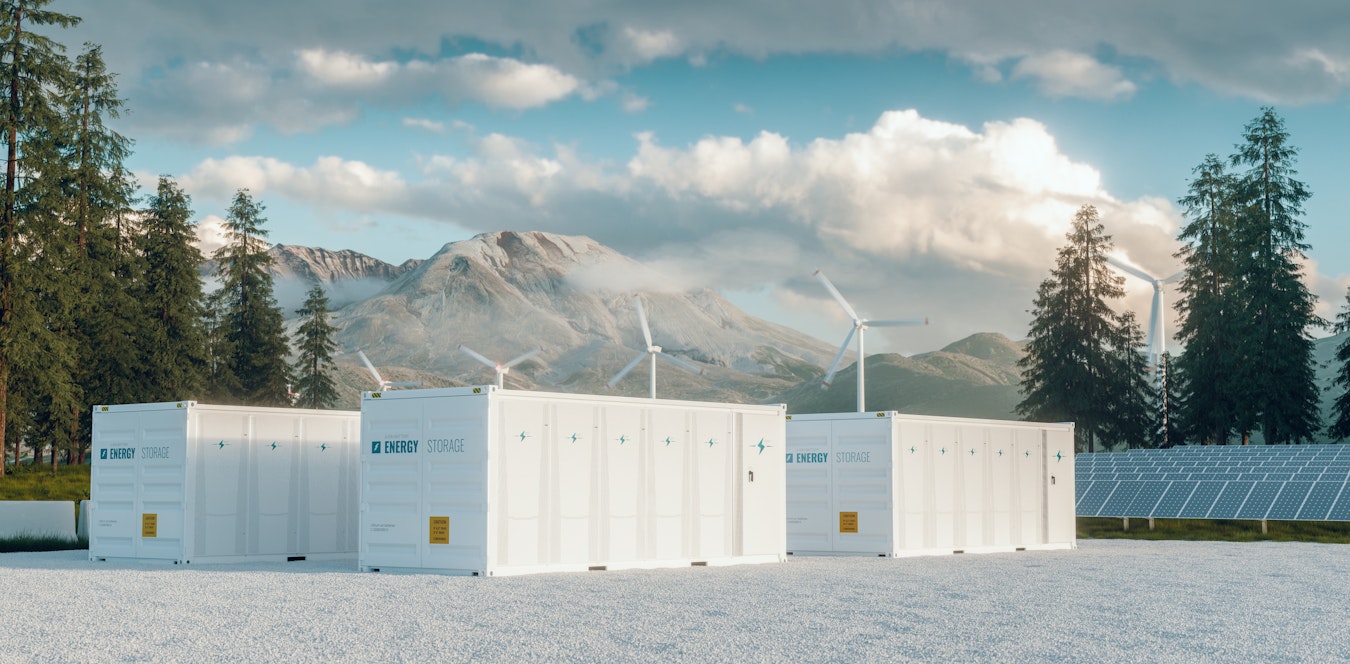
Why are battery energy storage systems important in Chile?
Chile has been taking a commendable approach to the clean energy transition. The nation has been rapidly expanding its wind and solar capacities, which has resulted in a massive demand for BESS.
BESS is particularly critical in Chile due to its unique geographical decoupling challenge. BESS is an essential tool because there is often a mismatch between where renewable energy is generated (typically remote locations) and where it’s needed (urban centers).
BESS also improves the financial profitability of renewable energy projects. It allows projects to store electricity at times of low price and release it into the network when prices rise in the evenings or during busy periods, capitalizing on price differentials throughout the day. With a strong government commitment to growing renewable clean energy capacity in Chile, this factor is not insignificant.
The status of BESS in Chile
As of the end of 2023, BESS capacity across Latin America stood at less than one gigawatt-hour (GWh). To put that number in perspective, the United States is far ahead, with a total installed capacity hovering around 60 GWh.
Despite this low number, the BESS market in Latin America is on the verge of a significant expansion. Predictions state that 10.2 GWh could be added by 2026 alone. Additionally, due to favorable conditions and increasing demand throughout the region, the sector could surpass the current estimates of 29% annual growth.
Another cause for optimism is the measures taken by the Chilean government. The country already has a binding 2050 net zero emissions target and a range of other laws favorable to clean energy. Additionally, in 2022, legislation was passed that helped make stand-alone BESS projects financially viable. This spurred an influx of investments, but things are only getting started.
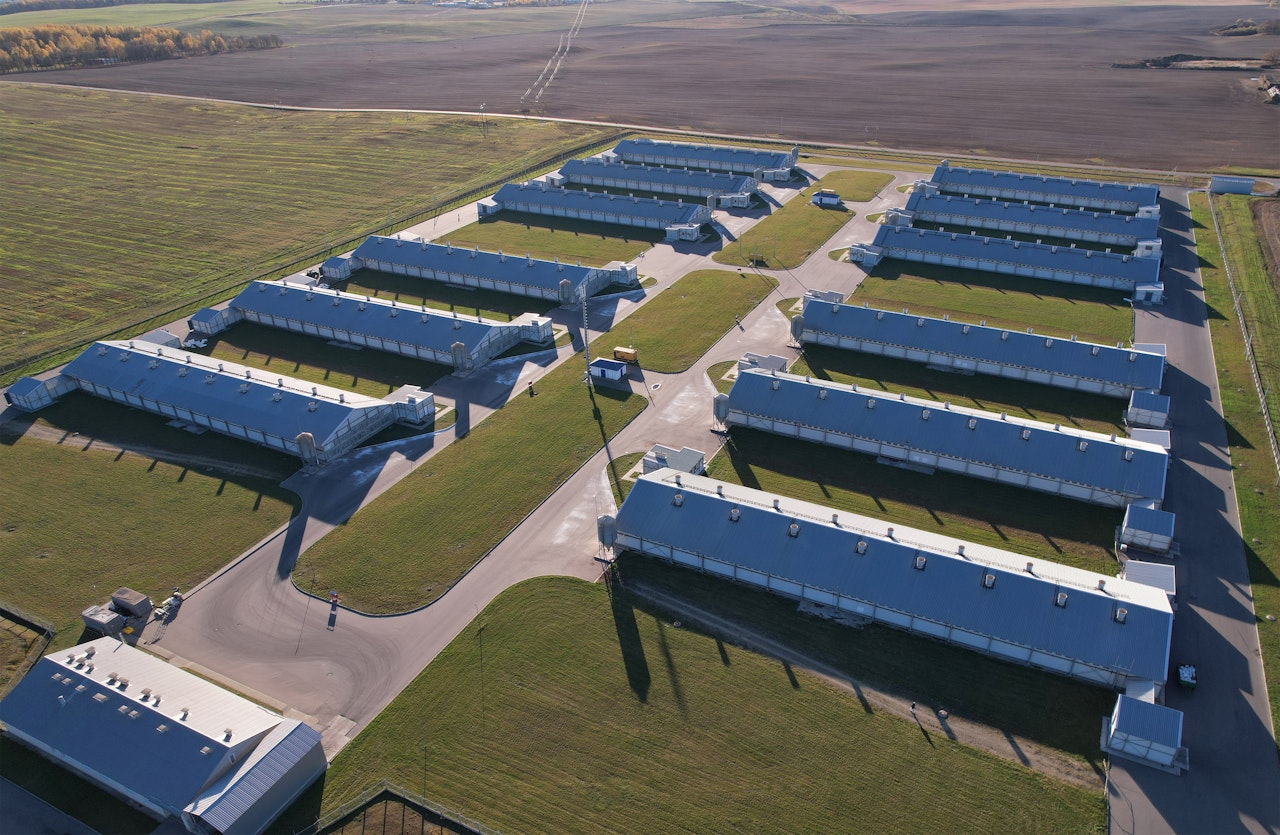
The opportunities for BESS in Chile
In anticipation of where things are headed, new capacity payment rules in Chile are expected to be introduced by 2025. While specific details have not yet been disclosed, these upcoming regulations are expected to provide even more financial incentives for storage projects
Another noteworthy change is the distributed generation rules in Chile. The changes promote solar plus storage projects, which are perfect for BESS operators.
In addition to changing legislation, existing rules provide opportunities for BESS developers. For example, in Chile, co-located storage assets don’t require an Environmental Impact Statement. This results in much quicker development times than solar or wind projects, leading to considerable cost savings and speedier paths to commercial operation.
The rise of public-private partnerships is also worth monitoring. Significant companies like Enel Chile, AES Andes, and Colbún are all at the forefront of these initiatives, actively testing, constructing, and evaluating different storage solutions.
That said, purely private initiatives will also have a big say. One example is Engie’s BESS Coya project in the Antofagasta Region. Commercial operations of BESS Coya recently commenced after receiving approval from the National Electricity Coordinator.
The project features an impressive storage capacity of 638 megawatt-hours (MWh) and an installed capacity of 139 megawatts (MW), enough to supply about 100,000 homes and deliver an average output of around 200 GWh annually. With other Engie projects like BESS Capricornio and BESS Tamaya in Chile, the company will have more than 1.1 GWh of daily storage capacity once all three are live.
Is BESS the future for Latin America?
As discussed in the BESS Perspectives in Latin America eBook, BESS is shaping up to be a transformative force in Latin America’s energy sector. Although Chile is currently leading the charge, other countries in the region are also showing promising signs.
For example, Brazil plans to include batteries in its power reserve auctions from 2024 onwards. While existing regulations do not explicitly prohibit energy storage systems in the country, they need more specificity, and proposed laws will soon address this gap.
Colombia is another excellent example, as its first BESS tender was held last year. There are still ongoing debates about classifying storage assets and unclear compensation regulations for stand-alone BESS projects, but there is plenty of optimism stemming from hybrid solar plus BESS projects encouraged by reliability charges.
Countries like Mexico and the Dominican Republic are progressing slower but still heading in the right direction. Unregulated behind-the-meter assets could prove lucrative for commercial and industrial customers in Mexico, while the mandatory pairing of large solar assets with BESS should drive growth in the Dominican Republic.
Read more about all Latin American countries' BESS efforts.
Latest stories
Related posts
Market analysis
23 renewable energy events to look out for in 2026
Discover the top renewable energy events in 2026, dates, details, and insights for solar, storage, hydrogen, and clean energy professionals worldwide.
Updated 13 JAN, 26
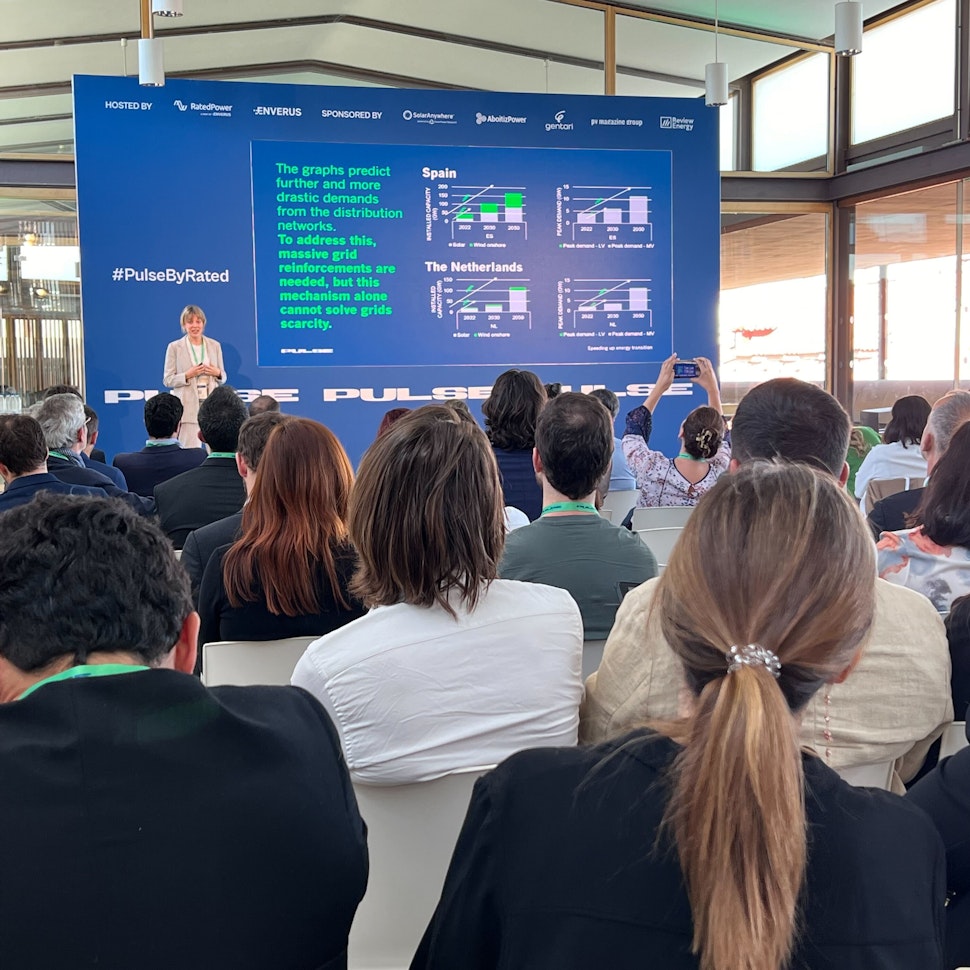
Market analysis
Power where it’s needed: Solving LatAm’s grid instability with distributed solar and storage
Find out how a bottom-up approach is solving LatAm’s grid instability, with community-led solar and storage projects giving people control over their energy.
Updated 29 DEC, 25
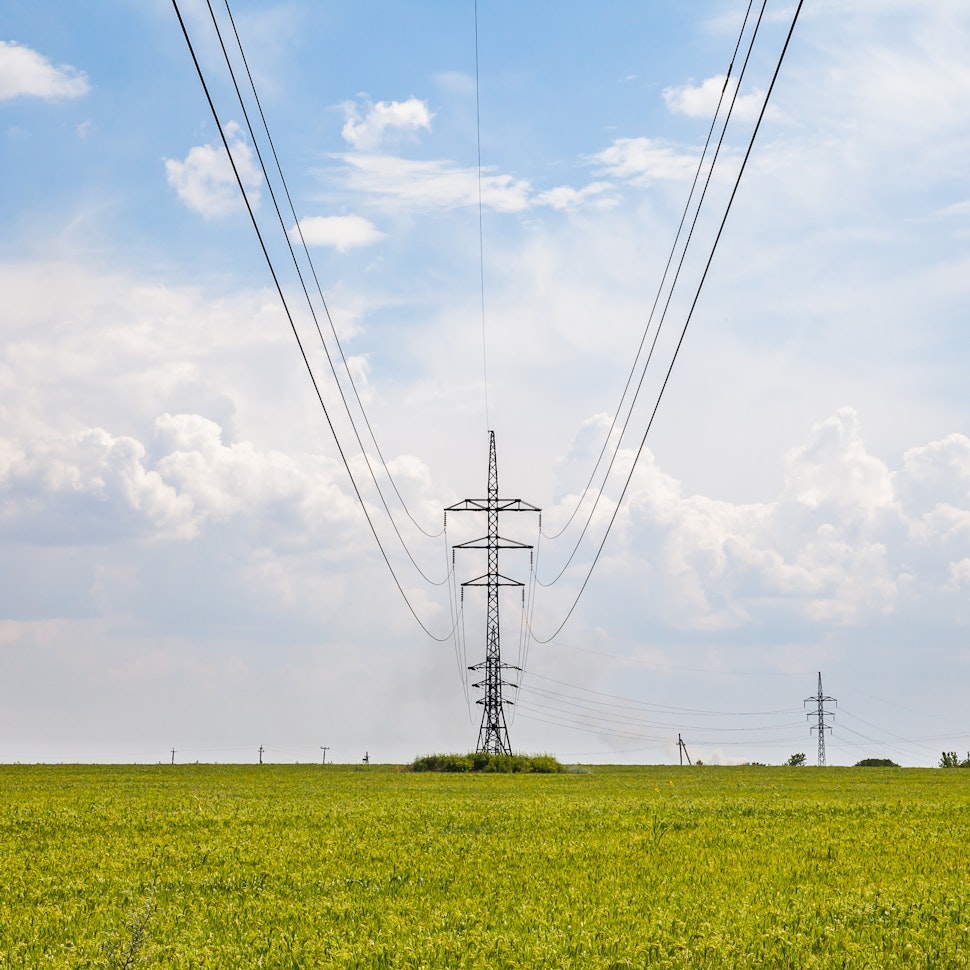
Market analysis
Powering through the peak: Why solar + storage is gaining momentum in MENAT
Discover how MENAT is building a functioning solar economy and why rising peak demand during extreme heat is squeezing its energy architecture.
Updated 11 DEC, 25

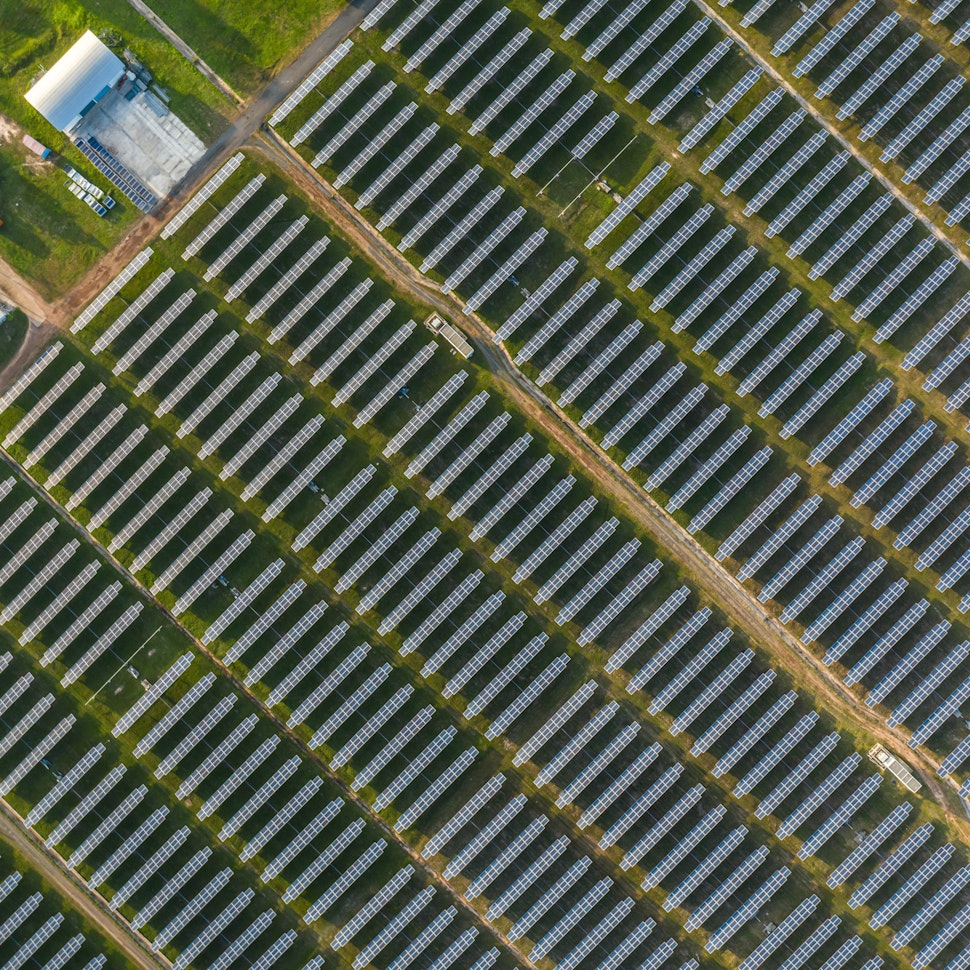
- RatedPower
- Solar energy blog
- The Role of BESS in Chile’s Renewable Efforts
 Watch a demo
Watch a demo Ask our AI Product Expert
Ask our AI Product Expert